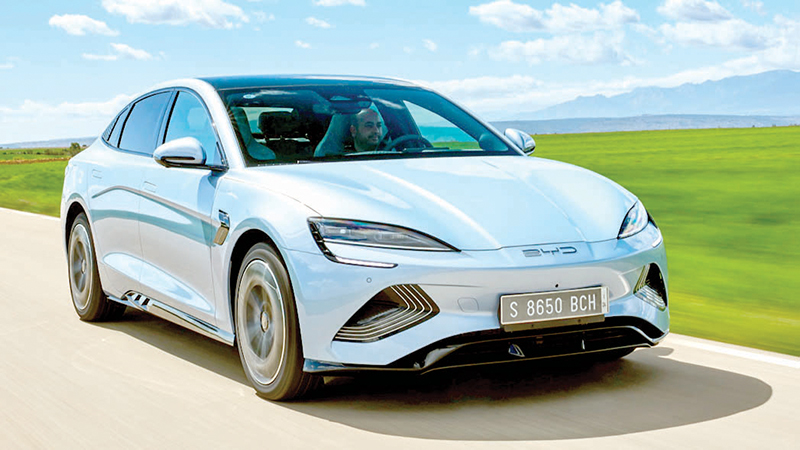Global prices for lithium-ion battery packs fell 20 percent in 2024, according to a new study from the International Energy Agency (IEA). That is the biggest single price drop since 2017. But the biggest drops were in—and probably not surprisingly—China. That country has a significant lead in the battery race, both in terms of securing the supply chain and overall technological development.
“China was responsible for 80 percent of global battery cell production in 2024, while the remainder was produced in the United States, the European Union, Korea and Japan,” the study said. “The faster pace of battery cost reduction and innovation in China has been enabled by fierce competition that has driven down profit margins for most producers (though not all), at the same time as driving up manufacturing efficiency and yields, as well as access to a large, skilled workforce.”
LFP batteries
Interestingly, that study also notes that contrary to what you may think, hybrid batteries are more expensive than EV batteries, despite being significantly smaller. “The price of such components is spread across fewer battery cells, increasing the price per kilowatt-hour,” the study said. “In 2024, the average price of a 20 kWh PHEV battery pack—roughly the global sales-weighted average for standard plug-in hybrids—was about the same as a 65 kWh BEV battery pack.”
China’s near-total lead on lithium iron phosphate (LFP) batteries is having a big impact on the market as well. While LFP batteries have long been considered a lower-cost option for EVs, their performance has improved significantly through continued development, making them far more suited for mainstream mass-market car duty than ever.
LFP batteries made up nearly half of the global EV battery market, the study said, also attributable to China. Their use grew by about 90 percent in 2024 in the European Union, but remained at only 10 percent in the United States, due to anti-China tariffs. Meanwhile, LFP batteries are sort of taking over the rest of the world.
“Market penetration of LFP batteries is moving even faster in other markets,” the study said. “In Southeast Asia, Brazil and India, the share of electric car batteries using LFP reached more than 50 percent in 2024. In Southeast Asia and Brazil, LFP uptake is led by imports from China, mostly by BYD, whereas in India it is driven by cars produced domestically, led by Tata Motors.” Meanwhile, LFP battery development is moving more quickly in South Korea and Japan as well.
The US is slowly beginning to catch up. “Manufacturing capacity in the United States grew by almost 50 percent, led by Korean companies attracted by tax credits, which accounted for nearly 70 percent of the growth in 2024,” the study said. “This led installed capacity in the United States to surpass that in the European Union, which nonetheless increased by 10 percent in 2024 despite the Northvolt plant in Sweden being halted following its bankruptcy.” (Inside EVs)






